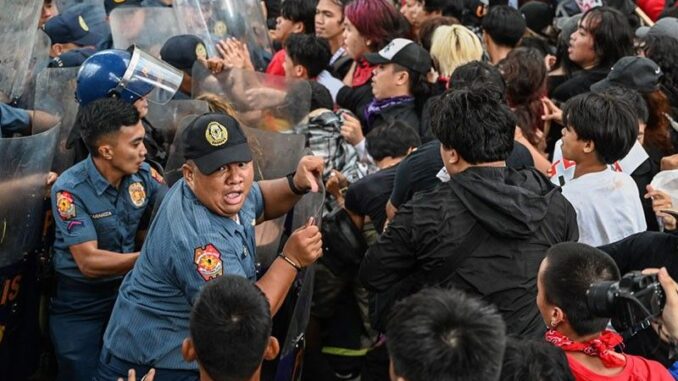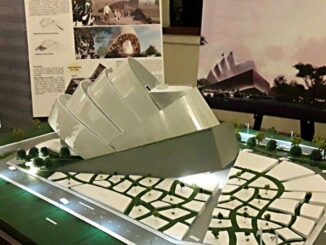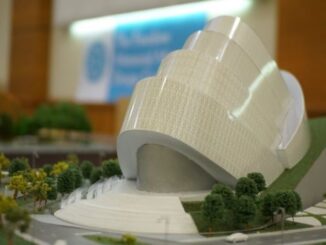
MANILA, Philippines — Protesters faced off against anti-riot police in Manila on Saturday, September 21, as they attempted to march towards Mendiola Bridge, located near Malacañang Palace, to commemorate the 52nd anniversary of Martial Law.
Activists attempted to breach a police line, facing off against officers armed with shields.
Footage shared on Facebook by the Adamson Chronicle, the student publication of Adamson University, captured the confrontation between protesters and the police barricade that blocked the path.
Ecumenical youth group Student Christian Movement of the Philippines (SCMP) and other groups announced plans to mobilize, denouncing what they describe as an atmosphere of impunity and corruption under the current administration.
“We deplore the atmosphere of a de facto martial law under President Ferdinand Marcos Jr. He has inherited vestiges of state fascism and corruption both from his dictator father and from the rotten system,” SCMP national chairperson Kej Andres said.
“While human rights violations continue to worsen, corruption is expected to worsen especially with the friction of powers this coming elections,” he added.
According to human rights group Karapatan, the first two years of President Marcos Jr.’s rule have seen 105 cases of extrajudicial killings, over 44,000 bombings in rural areas and more than 550 forced surrenders.
The group also criticized the budget deliberations, noting that P282 billion could potentially be siphoned off as kickbacks, while workers continue to struggle with a minimum wage of P645, far below the P1,206 necessary for a living wage.
“While the Marcoses host extravagant parties and the Dutertes maintain their political ties, the Filipino people are left to suffer from state oppression,” Andres said.
On Sept. 21, 1972, the late President Ferdinand Marcos Sr. signed Proclamation 1081, imposing Martial Law across the country.
Marcos Sr. was ousted in February 1986 during the People Power or EDSA revolution.
The Martial Law era is said to have resulted in 3,257 extrajudicial killings, 35,000 documented tortures, 77 forced disappearances and 70,000 incarcerations.
The government acknowledged 11,103 victims from this period through the Human Rights Victims’ Claims Board and provided them with reparations.





Be the first to comment